Supporting large-scale land claims and territorial security in one of South America’s most densely forested countries
Guyana is comprised of 10 regions. Much of Rainforest Foundation US’s work is in the country’s mountainous regions.
We also work in two of the country’s coastal regions, where we work with Indigenous communities to protect and restore carbon-rich mangrove ecosystems. We work closely with regional Indigenous governing bodies known as District Councils in land titling and mapping, monitoring, and supporting advocacy efforts.
Land titles are crucial for Guyanese Indigenous peoples not only because their lives and identities are intrinsically tied to their lands, but also because many of their rights under national law are derived from holding land titles. Presently, only a fraction of ancestral Indigenous territories are legally recognized. We also support our partners at the Amerindian Peoples Association (APA) in advocating for the revision of crucial legislation to meet international standards, in particular the 2006 Amerindian Act.
In addition to formal land titles, we also support two District Councils in the development of conservation oriented land-use plans for large areas of untitled customary lands. These lands, critical for hunting, fishing, and spiritual practices, face mounting threats from mining operations. Conservation-oriented land-use plans strengthen Indigenous peoples’ claims to these geographies and may result in recognition as Indigenous Community Conserved Areas (ICCAs).
We work with Wapichan, Macushi, Patamona, Arekuna, and Akawaio communities to monitor and protect their rainforest territories from mining and other threats such as inadequate land recognition. In 2015, the Wapichan people received the UNDP Equator Prize for their innovative mapping and monitoring work, including the use of community-built drones to monitor deforestation caused by illegal mining.
For example, women are spearheading livelihood initiatives to secure control over their lands and resources sustainably, while youth are being trained to become the next generation of leaders. Our efforts are heavily focused on grassroots capacity building, including through the implementation of a Community Paralegals program. This initiative aims to reduce barriers to accessing justice by training a diverse group of community members, including elders, women, and youth, on a variety of topics, which they then share with their communities. These topics range from understanding carbon markets to ensuring the enforcement of Free, Prior, and Informed Consent.
The following documents represent years of field research and form a comprehensive analysis of land security for Guyanese indigenous communities.
Click on the images below to access the full reports.
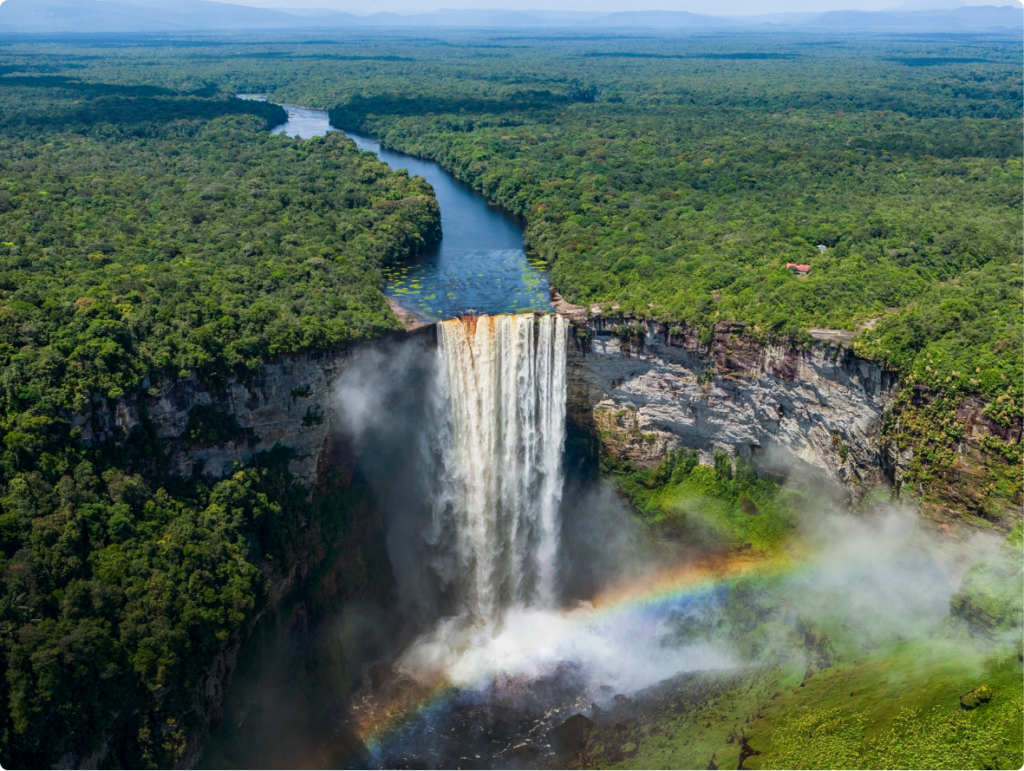
Guyana is one of the most densely forested countries in South America, with rainforests covering nearly 91% of its landmass—an area larger than Washington state.
As part of the unique geological formation known as the Guiana Shield, Guyana’s rainforests are instrumental in regulating rainfall throughout the Amazon basin, significantly impacting global climate regulation. Protecting this vital ecosystem is critical for the health of the region and in mitigating climate change.
Guyana’s rugged blend of towering mountains, sprawling savannas, and vast rainforests provide a biodiverse haven to over 8,000 plant and 1,800 animal species, including iconic Amazonian species such as jaguars, giant river otters, tapirs, giant anteaters, giant armadillos, and more. The distinctive tepui formations and natural savannas in Guyana lead to exceptionally high levels of endemism, meaning many species are unique to this location.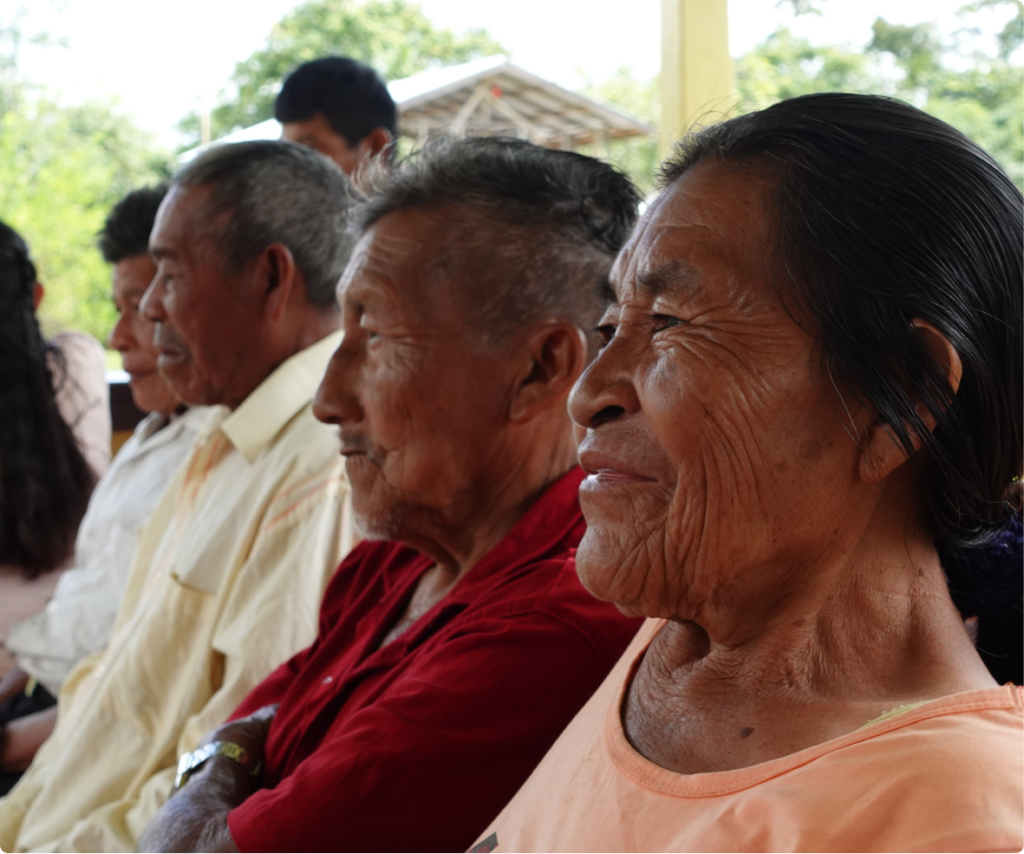
Guyana is home to nine distinct Indigenous peoples, including the Wapichan, Macushi, Patamona, Arekuna, and Akawaio, comprising nearly 80,000 individuals or about 11% of the country’s population.
The majority reside in the country’s interior, across 250 communities. They hold titles to some 18% of the forested territories, although their traditional lands extend even further.
The Amerindian Act—established in 2006—serves as the country’s legal framework for Indigenous people’s governance and land management. Unfortunately, it contains many outdated clauses that severely undermine territorial security for Indigenous peoples. Passing comprehensive reforms to the Act is one of the highest priorities for the Indigenous movement in Guyana.
The 96 officially recognized Indigenous peoples’ territories encompass only a fraction of the actual Indigenous customary lands, and even titled territories remain vulnerable to threats from extractive industries. Dozens of communities are currently seeking collective titles to protect their forests and the surrounding savannahs that are essential for hunting, fishing, and other traditional practices.
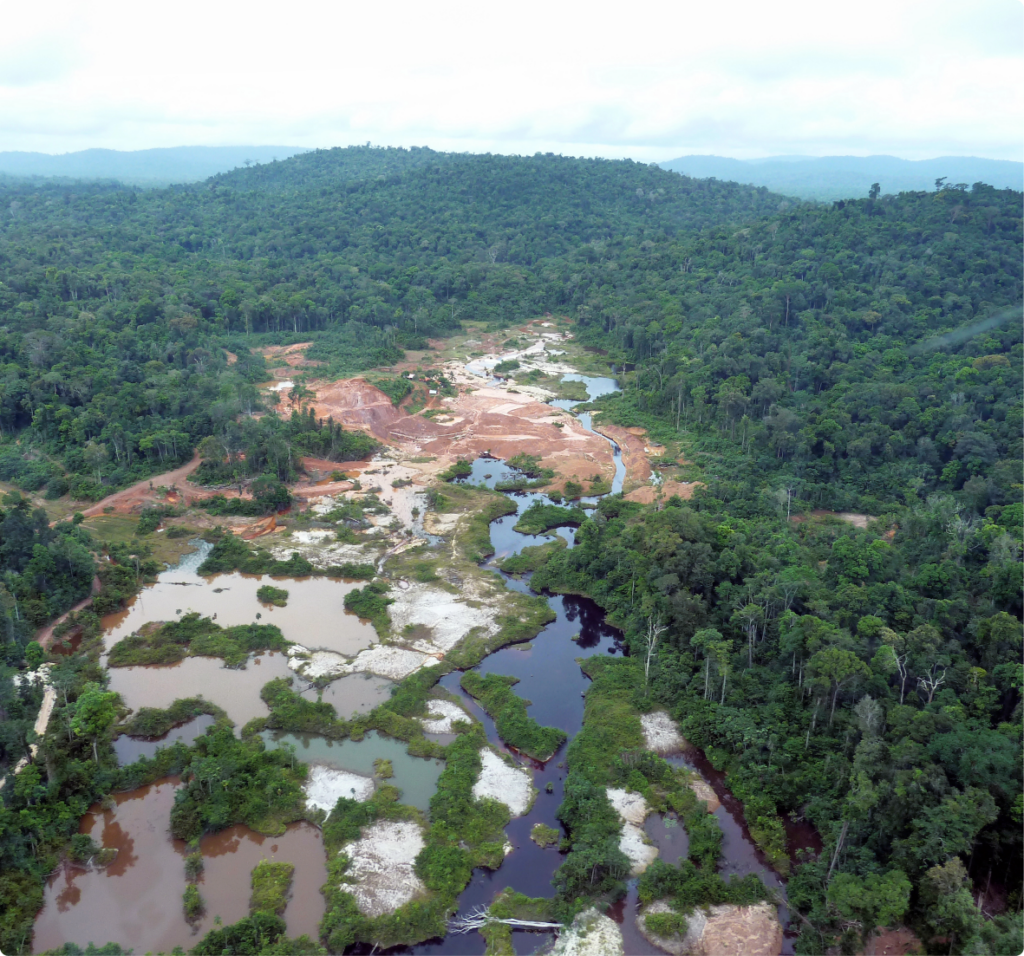
Gold, diamond, and bauxite mining—industries often linked with drug trafficking and other criminal networks—are major drivers of forest degradation and deforestation in Guyana.
They are also a major polluter of vital water sources that communities depend on for fisheries, drinking, bathing, and cooking.
Deforestation in Guyana is another concerning trend. Between 2001 and 2023, Guyana lost nearly 665,000 acres of tree cover—an area twice the size of the city of Los Angeles. While many logging activities are legal on paper, rampant corruption combined with weak law enforcement often results in over-harvesting and logging outside approved areas, leading to conflicts with Indigenous communities.
Guyana’s deforestation rates compared to other countries in the region are relatively low. However, the discovery of some of the world’s largest offshore oil reserves may change this status dramatically. Drilling will bring in increased financial resources, but will also mean large scale development projects, which may pose risks for previously isolated Indigenous communities.
In 2020, Guyana’s government placed all of the country’s forests on the carbon market, pledging to protect them in exchange for investments. The move drew criticism from some regional and national Indigenous organizations, which cited an inadequate consultation process around a deal that involves their lands.

Amerindian Peoples Association is the leading Indigenous organization in Guyana. APA has active members in over 60 Indigenous villages and regional representatives across Guyana, as well as a national secretariat in Georgetown. RFUS partners with APA in their efforts to advocate for land rights and expanded titling, national policy change, and to strengthen local and regional Indigenous governance institutions.
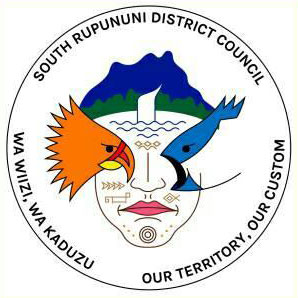
South Rupununi District Council is the representative body of the elected Chiefs (“Toshaos”) of the 21 Wapichan communities in southern Guyana. RFUS supports SRDC to acquire title to the collective Wapichan area, protecting the headwaters of Guyana’s major rivers, addressing mining threats and securing the border with Brazil.
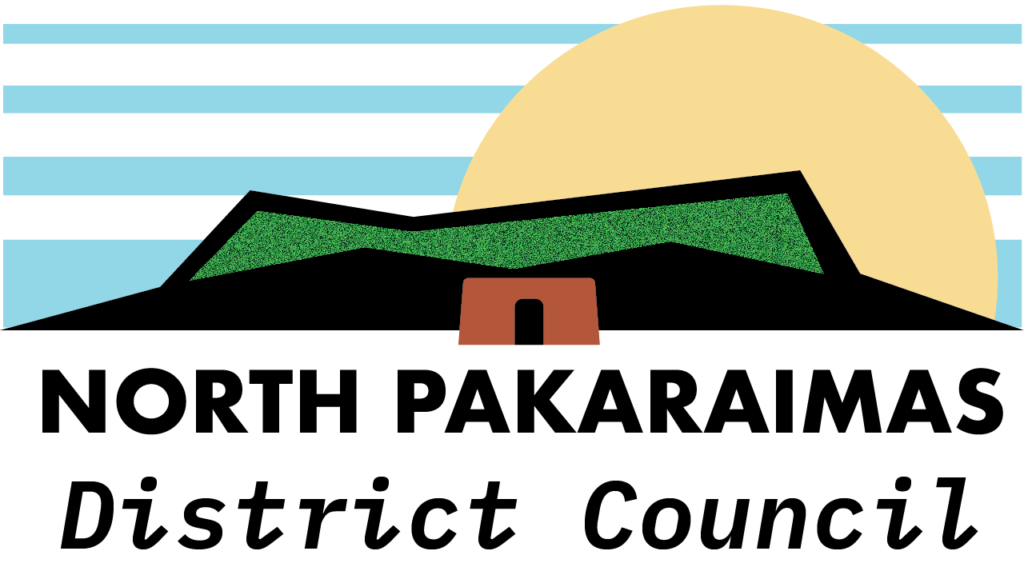
North Pakaraimas District Council is the representative body of the Patamona and Macushi Indigenous peoples. The NPDC holds title to roughly 333,284 hectares of village land–26% of their ancestral lands. RFUS supports NPDC in mapping the lands outside village boundaries and to determine the best way to conserve these lands in the face of expanding mining operations and other threats.

Moruca District Council is the representative body of eight Lokono villages in a coastal lowland environment with extensive forest resources, mangroves and coastal wetlands. The eight titled villages cover roughly 31% of the traditional lands of the MDC. RFUS and APA have been supporting institutional strengthening efforts, including developing rules of procedure for Village Councils and guidelines for implementing Free, Prior, and Informed Consent.
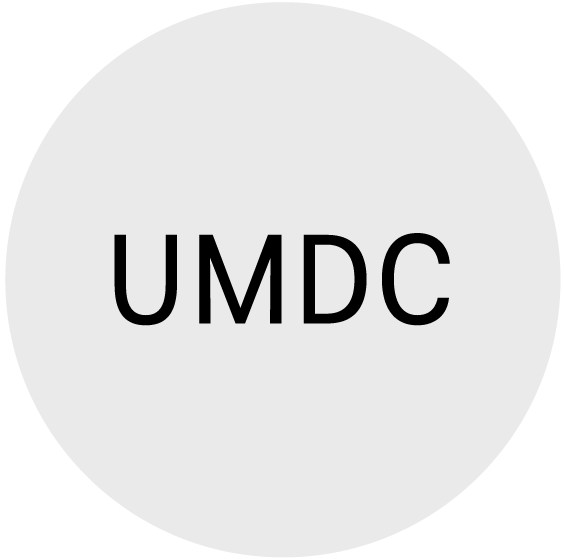
Upper Mazaruni District Council is the representative body of the Akawaio Indigenous people. Communities in the Upper Mazaruni are engaged in a legal case to secure collective title for the full extent of their territory at Guyana’s High Court since 1998, while the government continues to issue mining rights to outside miners over untitled traditional lands subject to the case, without their Free, Prior, and Informed Consent (FPIC). RFUS has assisted the UMDC in monitoring and analysis of the extent of mining operations in the region.
Take Action NOW on rainforest protection and Indigenous peoples’ rights
Are you interested in other ways to support us?
Learn more here.
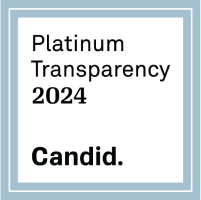


Get news, updates, and stories from the rainforest—straight to your inbox.
Land Acknowledgement
Rainforest Foundation US recognizes and honors the original peoples of the land on which our headquarters is based in Brooklyn, New York: The Ramapough Munsee Lenape, who have cared for these lands and waters for generations. We ask the Ramapough Munsee Lenape people’s permission to be here as their guests and ask their blessing for the good continuation of our work.

How much do you know about the world’s rainforests?
In honor of World Rainforest Day, we’ve put together a quiz to test your knowledge about these vital ecosystems. See how much you really know—and learn a few facts along the way.